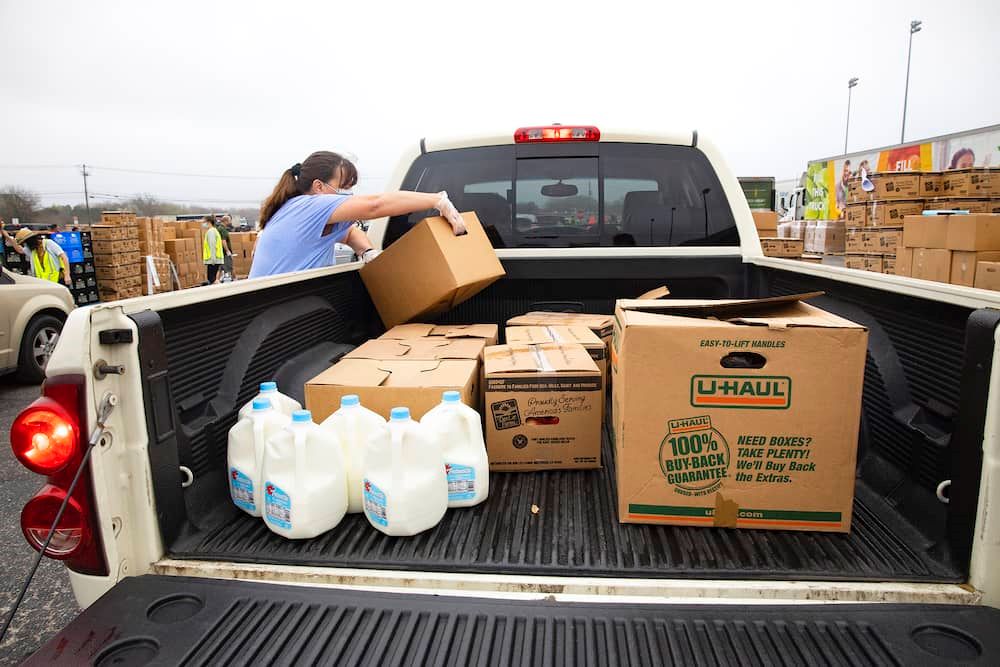Food Banks Work Toward Normalcy After Pandemic
As food insecurity rises, Central Texas Food Bank keeps helping
By Jencie Tomasek, 2:10PM, Wed. Oct. 18, 2023

Food banks are at the center of community needs because food is a basic need, Sari Vatske says. As president and CEO of Central Texas Food Bank, one of the larger food banks within the Feeding America food bank network, she helps serve thousands of people each year and strives to ensure that no meals are missed in Central Texas.
According to CTFB, there are about 440,000 people facing food insecurity throughout the 21 counties it serves. About 100,000 of those are children. Since the spring, CTFB has seen a 30% increase in reliance on its services. What used to be a once-a-month trip to the food bank for people has turned into weekly or twice-a-month visits. Vatske says this could be the result of COVID-era food relief benefits such as SNAP ending earlier this year. Additionally, with the cost of groceries increasing, food relief benefits are less impactful to shoppers’ bottom lines.
Rising inflation, cost of food, and supply chain disruptions are bringing the need for food bank services back to pandemic levels, Vatske says. CTFB, like most food banks, is susceptible to market fluctuations. It relies on the generosity of food donors like partnering restaurants and grocery stores, as well as collaborations with nonprofits, many of whom need volunteers to help distribute the food.
“Food banking as a model is broken,” says Vatske. The food system is constantly challenging growers, wholesalers, retailers, and others who now have less to donate. Vatske says food banks such as CTFB aren’t protected from increased costs including recruiting new staff, retaining existing staff, and paying every employee a living wage, while purchasing food has also become more expensive. Factoring in cost of living in growing cities like Austin and the termination of pandemic relief programs put in place at the height of COVID-19, Vatske says these elements have created a perfect storm – as need is increasing, support is decreasing.
Despite the uphill battle in fighting food insecurity, Vatske says that CTFB is easing back into operating how it did before the pandemic. Panic around food insecurity has reduced since the height of the pandemic, and so has stigma around using food banks and partner agencies, says Vatske.
As the Central Texas Food Bank moves forward, Vatske says it is focused on providing food for today, but must also figure out how to provide food for tomorrow.
Got something to say on the subject? Send a letter to the editor.
A note to readers: Bold and uncensored, The Austin Chronicle has been Austin’s independent news source for over 40 years, expressing the community’s political and environmental concerns and supporting its active cultural scene. Now more than ever, we need your support to continue supplying Austin with independent, free press. If real news is important to you, please consider making a donation of $5, $10 or whatever you can afford, to help keep our journalism on stands.
Dec. 5, 2023
Central Texas Food Bank, COVID-19, Sari Vatske, food insecurity








